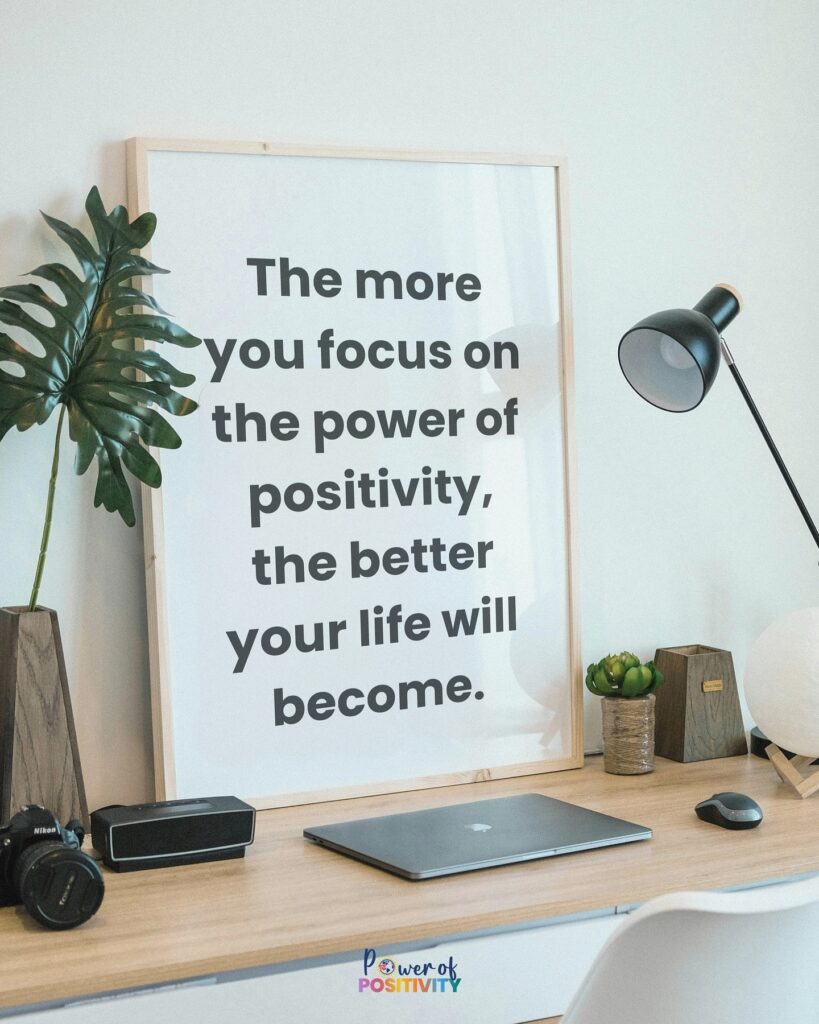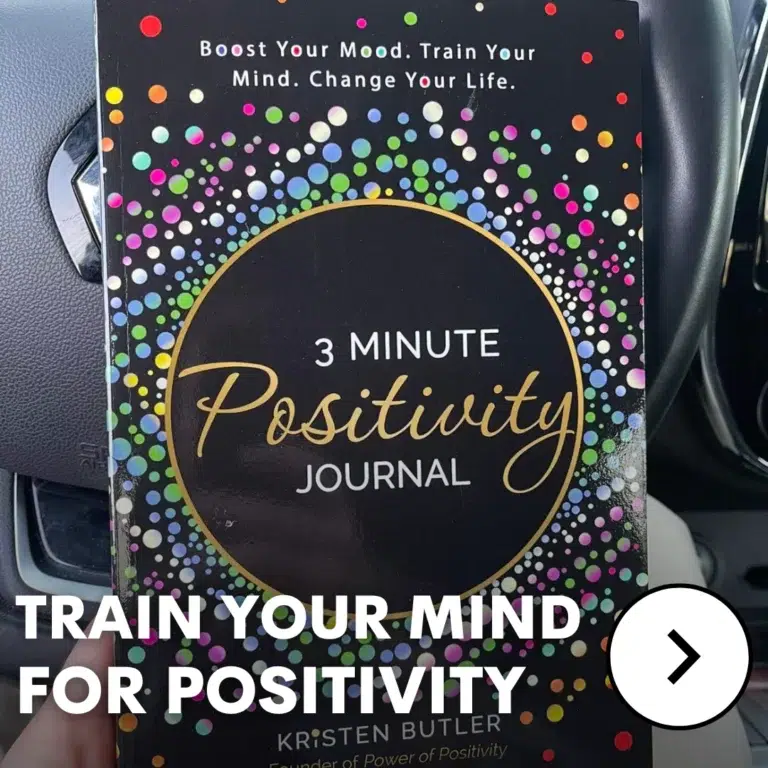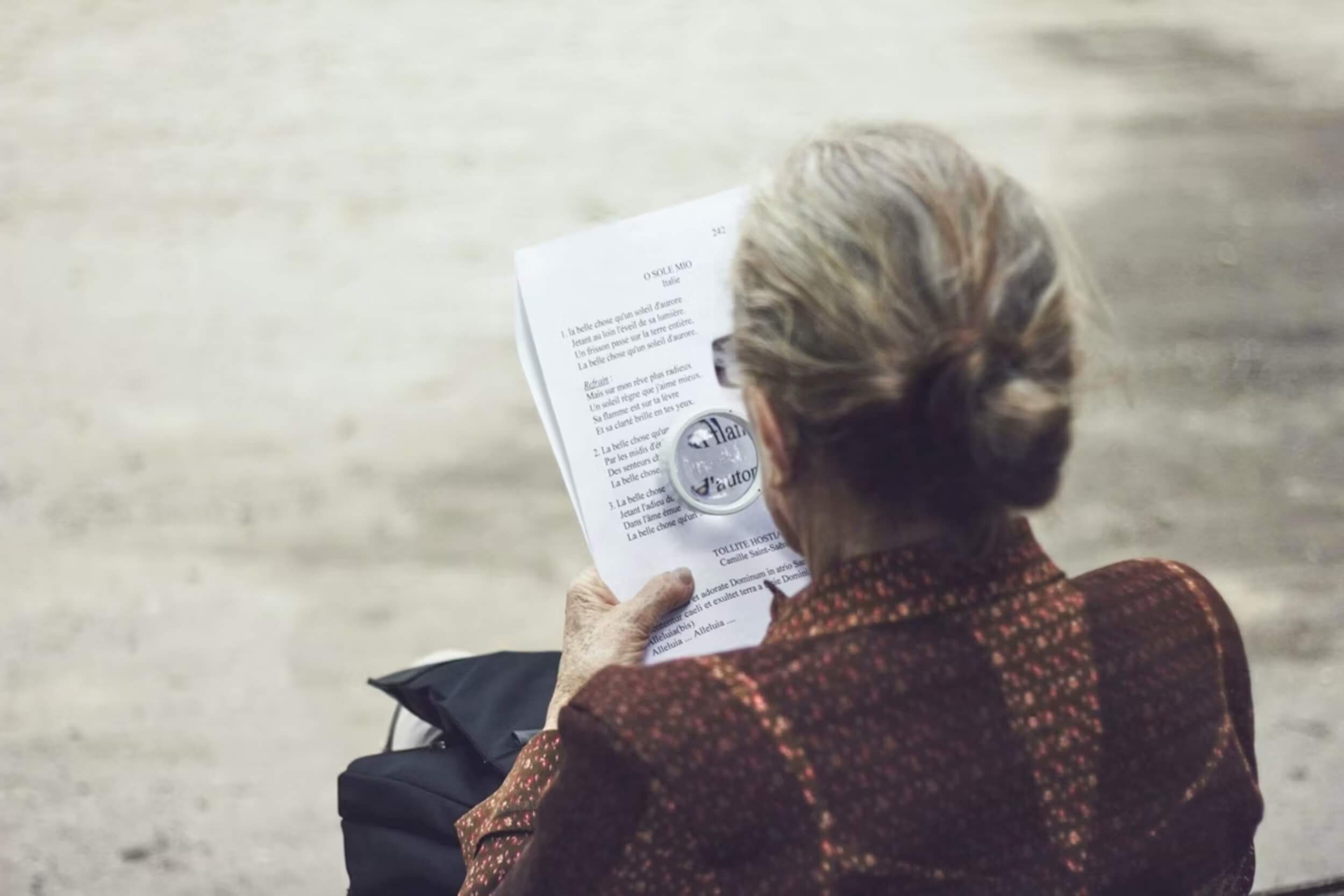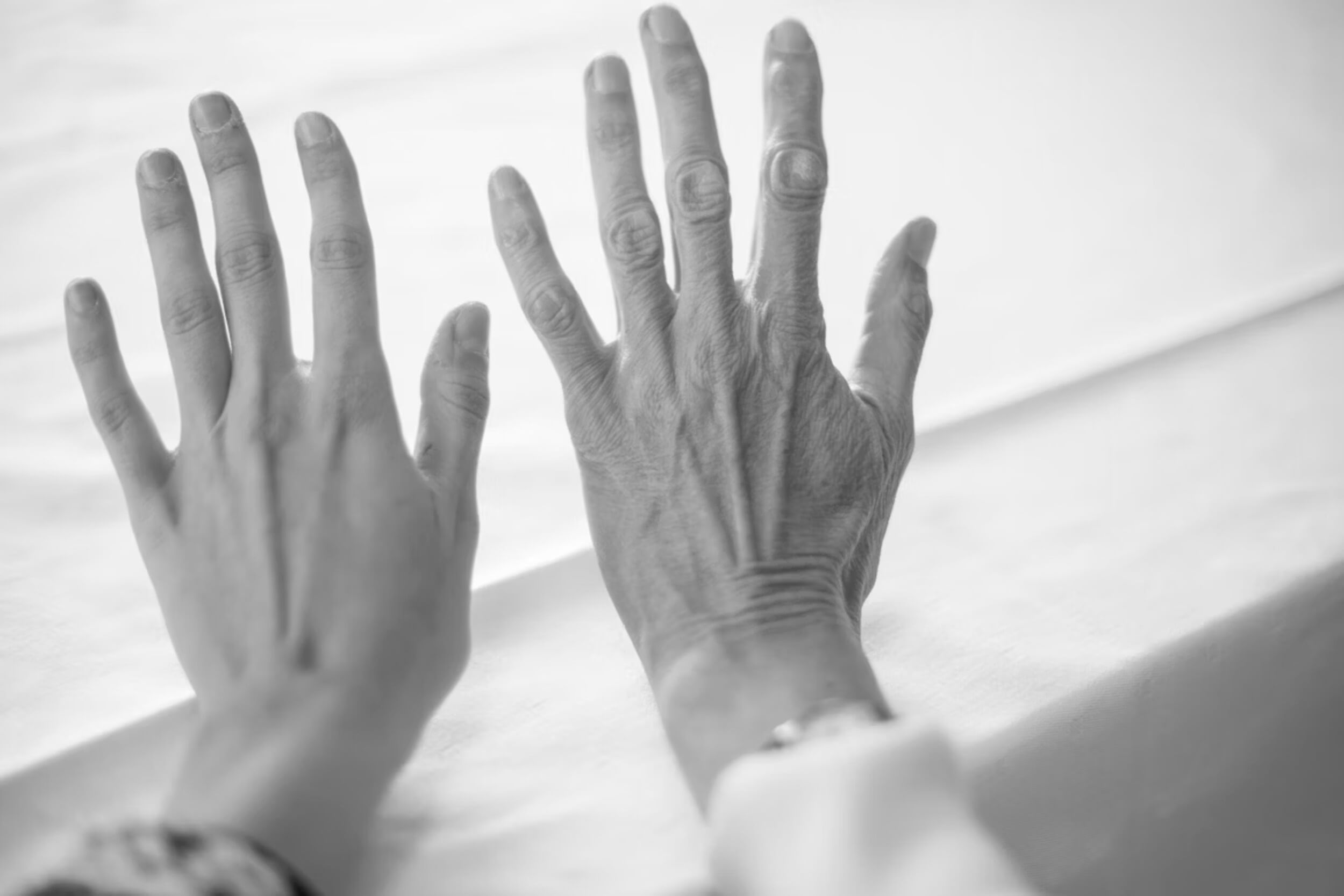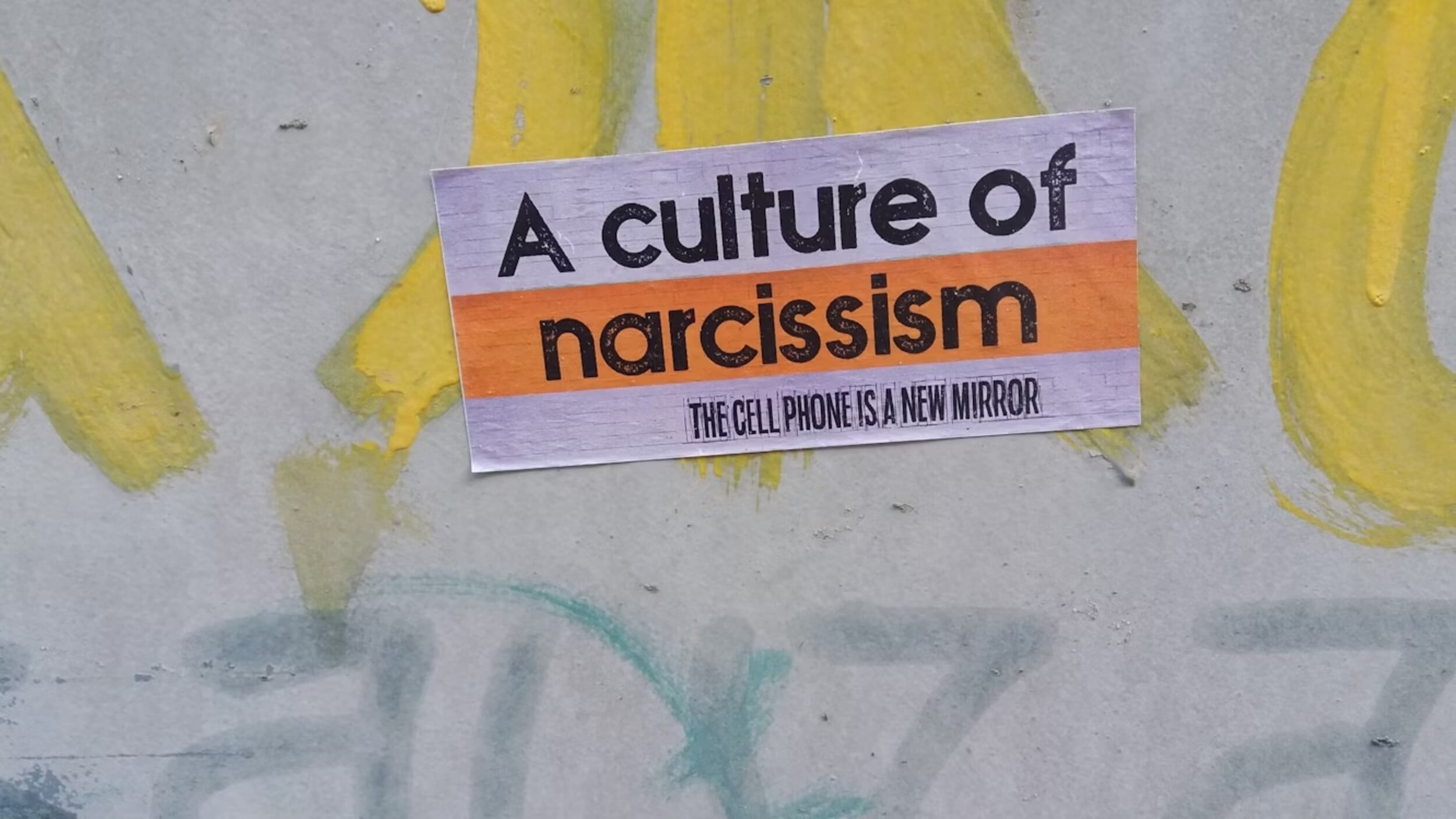There are times when your mood flips in seconds—your chest tightens, your face burns, and you don’t know why you’re suddenly upset. It feels out of the blue, but it’s not. These moments often come from emotional triggers—things that quietly remind you of old pain, even if no one else sees it.
That sharp reaction? It’s not about being dramatic or too emotional. It’s your body remembering something it hasn’t let go of yet. And while you can’t erase the past, you can learn how to spot these triggers and stop them from taking over your day.
This guide breaks things down in a way that makes sense. No big words, no judgment—just real, simple ways to understand your emotional triggers and handle them better. When you know what’s behind the reaction, you get to choose what happens next. That’s where the real change starts.
What Triggers Actually Are (and Why They Matter)
You don’t need a huge problem for your emotions to hit hard. Sometimes, something small—a look, a tone, a word—can make you feel upset, anxious, or shut down.
That’s a trigger. And more specifically, it’s what people call an emotional trigger.
These triggers are reactions that come from something deeper, not just the moment in front of you. Your body and brain remember old pain, and when something feels too close to that memory, you react fast—even if you don’t fully understand why.
Think of it this way:
- A friend cancels plans and you feel rejected.
- A coworker talks over you and you feel invisible.
- Someone corrects you and it stings more than it should.
It’s not about being too sensitive. It’s about your past bumping into your present. These reactions matter because they affect how you speak, act, and treat others—and yourself.
The more you understand your emotional triggers, the easier it is to slow things down and respond in a way that actually helps you feel better.
Your Body Sends the First Warning
Your emotions don’t start in your head—they start in your body. Before you even know what you’re feeling, your body gives you signs.
Pay attention to these early clues:
- Tightness in your chest
- Stomach turning or clenching
- Shoulders tensing up
- Jaw grinding or locking
- A sudden urge to cry or lash out
These aren’t random. They’re your body’s way of saying, “Something just hit a nerve.”
Most people don’t realize their physical symptoms are connected to emotional triggers. They think they’re just stressed or moody. But when you stop and ask, “What just happened?”—you start noticing patterns.
Every time someone interrupts you, your stomach drops. When you feel left out, your face gets hot. Those patterns help you figure out what your real trigger is.
Noticing what your body does first gives you the chance to catch it before it takes over. That one second of awareness can change everything.
The Kinds of Triggers That Catch People Off Guard
Not all emotional reactions come from big, obvious events. Some of the hardest moments are triggered by small things that other people barely notice.
Here are a few that sneak up on people:
- Being interrupted mid-sentence
- Getting no reply to a message
- Someone using a “joking” tone that feels mean
- Being left out of a group decision
- Feeling watched or judged while speaking
These things might sound small. But if they strike a nerve, it means there’s a deeper need being touched—like wanting to be seen, heard, respected, or included.
Emotional triggers are personal. What bothers one person might not bother someone else at all. That doesn’t make your reaction wrong. It just means you’ve got a unique story behind it.
When you notice which small things hit you the hardest, you’re one step closer to knowing what you need—and how to ask for it.
Tracing Triggers Back to Their Roots
Most emotional reactions don’t start in the moment—they start years ago.
Say your partner forgets to say thanks after you cooked dinner. You feel ignored, maybe even angry. But deep down, it reminds you of all the times growing up when you worked hard for approval and didn’t get it.
That’s how emotional triggers work. The current situation feels like the past all over again. It’s not about the dishes or dinner. It’s about not feeling seen—again.
Try this when you feel a strong emotion:
- Ask yourself: “What does this remind me of?”
- Think about when you’ve felt this same way before
- Look for patterns in past relationships or childhood memories
You’re not digging for drama—you’re connecting dots. The goal isn’t to stay stuck in the past. It’s to understand why your reaction is so big, so you can stop blaming yourself or the people around you.
What to Do in the Heat of the Moment
When a trigger hits, it can feel like there’s no time to think. But even a small pause can make a big difference.
Here’s how to create that pause:
- Take a slow, deep breath (in through your nose, out through your mouth)
- Press your feet flat on the ground and feel them there
- Touch something cold or textured nearby (a mug, your keys, a wall)
- Say to yourself, “This is a reaction. I don’t have to respond right now.”
Another thing that helps is naming what you’re feeling:
- “I feel hurt.”
- “I feel left out.”
- “I feel nervous and tense.”
Saying it—even just to yourself—gives your brain space to calm down.
Emotional triggers can push you to react fast. But you don’t have to respond on autopilot. With practice, you can interrupt the pattern before it takes over.
Responding Instead of Reacting
Snapping, shutting down, or storming off might feel good in the moment—but they usually leave you feeling worse later.
Instead of reacting, try responding. That means slowing down and saying how you feel without attacking or blaming.
Here’s how that might sound:
- “I felt dismissed when I was cut off earlier.”
- “I need a moment. That comment really got to me.”
- “When I didn’t get a reply, I started feeling ignored.”
Using “I feel” statements helps you stay calm and clear. You’re not pointing fingers—you’re sharing your experience.
It also helps to set simple boundaries:
- “Please ask before borrowing my stuff.”
- “I’d rather talk about this when we’re both calm.”
- “Let’s try to speak to each other with respect.”
Reacting keeps the cycle going. Responding builds new patterns.
When the Trigger Is a Pattern—Not a One-Time Thing
Sometimes, it’s not just one comment or one bad day. It’s the same trigger happening again and again—with the same person, in the same place.
If someone keeps pushing your buttons even after you speak up, that’s not just an emotional reaction. That’s a sign of a deeper problem.
Here’s what to look for:
- You feel drained after every interaction
- Your boundaries are ignored over and over
- The same argument keeps coming up
In those cases, it’s not about managing your emotions—it’s about protecting your peace.
You can limit contact, change how you respond, or even step away completely if it’s doing more harm than good. It’s okay to take care of yourself.
Building Long-Term Emotional Resilience
You don’t have to stay stuck in the same emotional loops. Building resilience takes time—but it works.
Try these habits:
- Check in with yourself daily: Ask, “How am I feeling right now?”
- Journal regularly: Write about moments that triggered you and what helped
- Move your body: A short walk or stretch can reset your nervous system
- Make space for quiet: A few minutes of stillness each day helps you notice patterns faster
Small things done often make a bigger difference than one big change. When you take care of your emotions regularly, emotional triggers lose their grip.
Over time, you’ll notice you don’t react the same way. You’ll feel more grounded, more aware, and more in control of what used to overwhelm you.
Why Professional Help Makes a Difference
Some emotional patterns are too deep to figure out on your own—and that’s okay.
A therapist can help you:
- Spot triggers you didn’t even know you had
- Understand where they come from and how they affect your choices
- Practice new ways to handle tough moments without shutting down or blowing up
There’s no shame in asking for help. In fact, it’s one of the strongest moves you can make.
When you work with someone trained to help with emotional triggers, you don’t just learn how to cope—you learn how to heal.
Final Thoughts: You’re Not “Too Emotional”—You’re Human
Strong feelings don’t mean something’s wrong with you. They mean something inside you needs care. Emotions are messengers, not problems—and emotional triggers are just the signals they send when something hits a tender spot.
You’re not broken. You’re just reacting to things that mattered then—and still matter now. But the good news is, you don’t have to stay stuck in those patterns.
Once you start paying attention to what sets you off, you get your power back. That’s how healing starts—not by shutting feelings down, but by finally listening to them.





